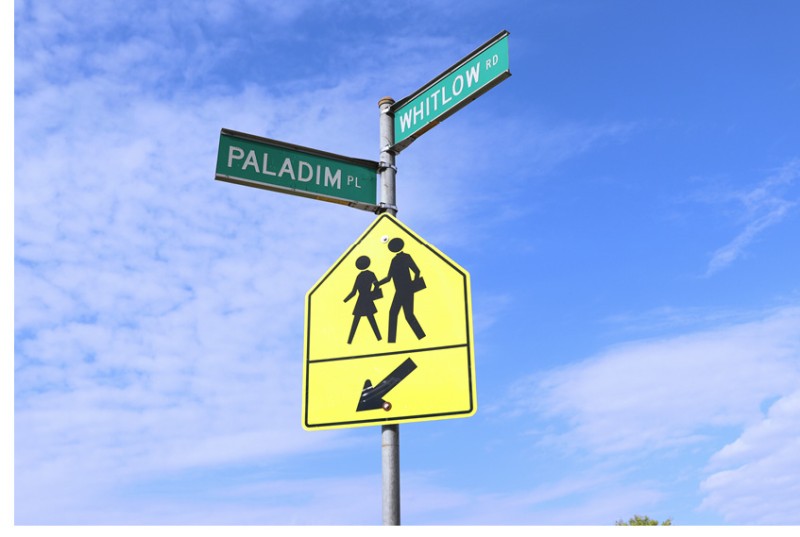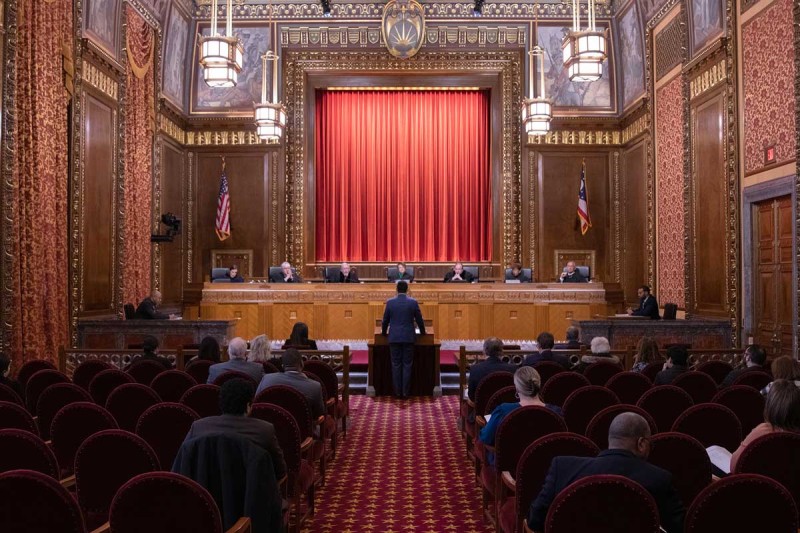State of Ohio v. Jaonte D. Hairston
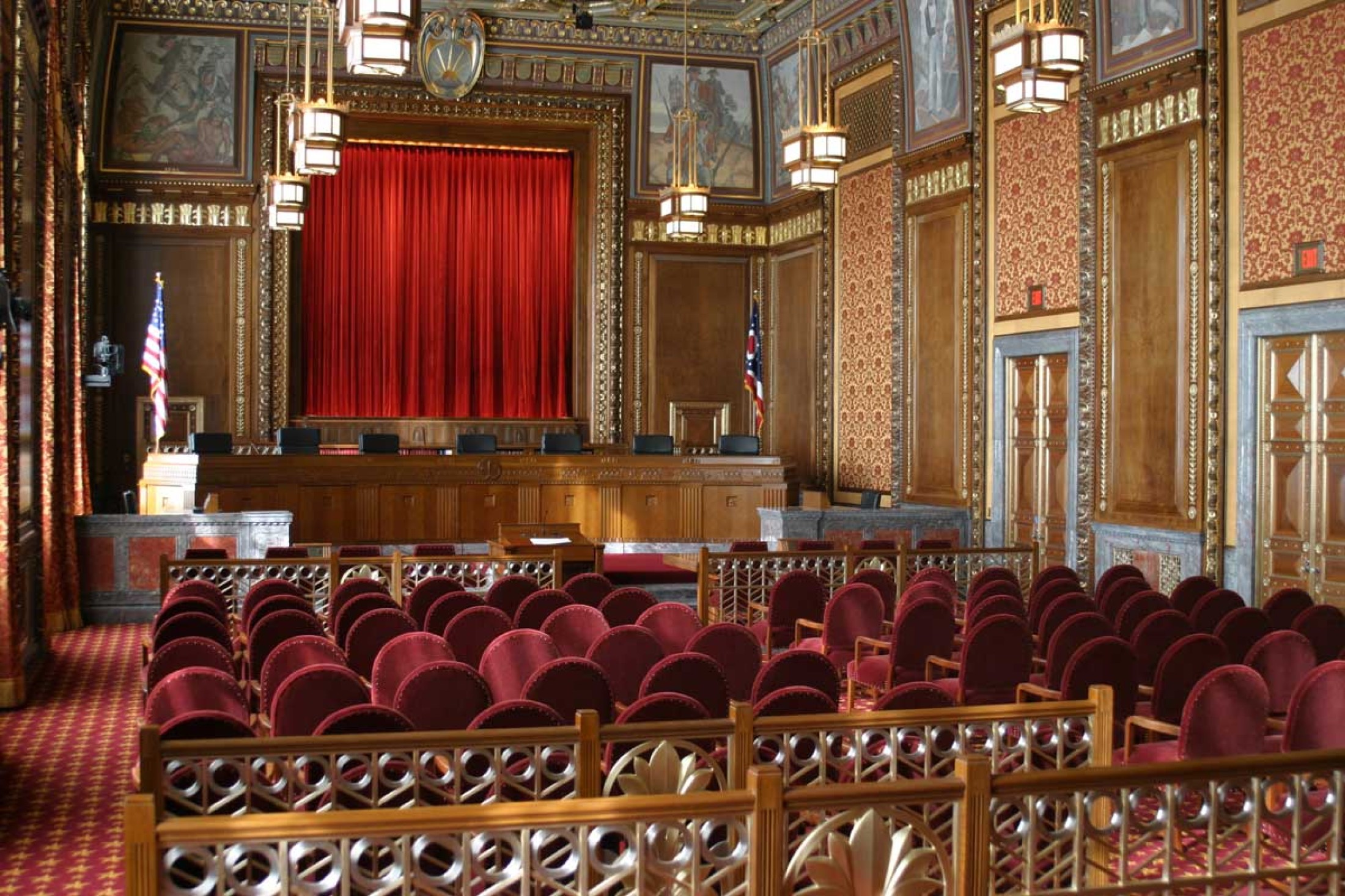
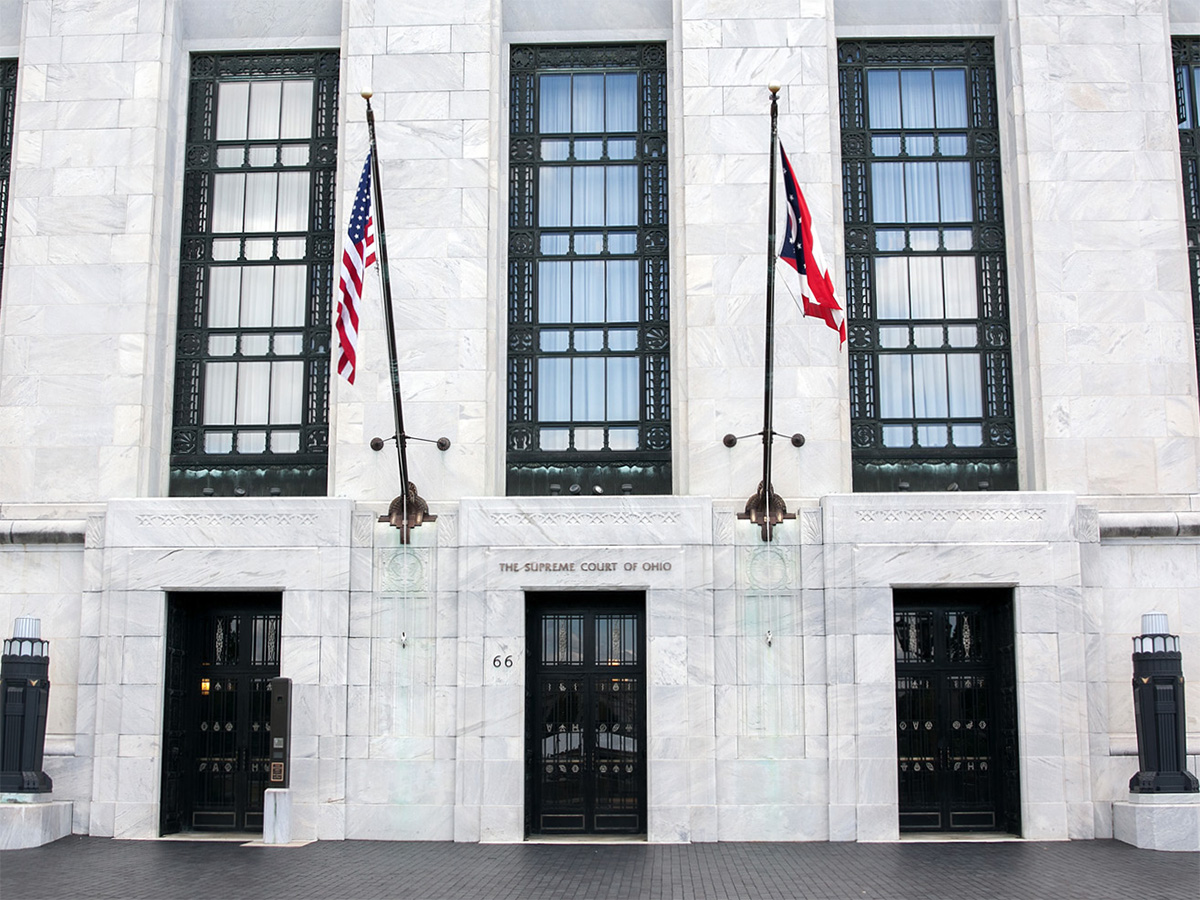
OHIO'S COURT SYSTEM
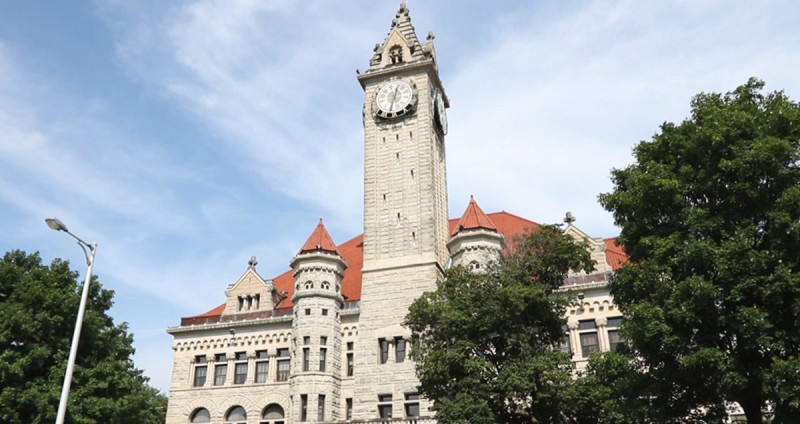
Wood County Courthouse, Bowling Green, Ohio
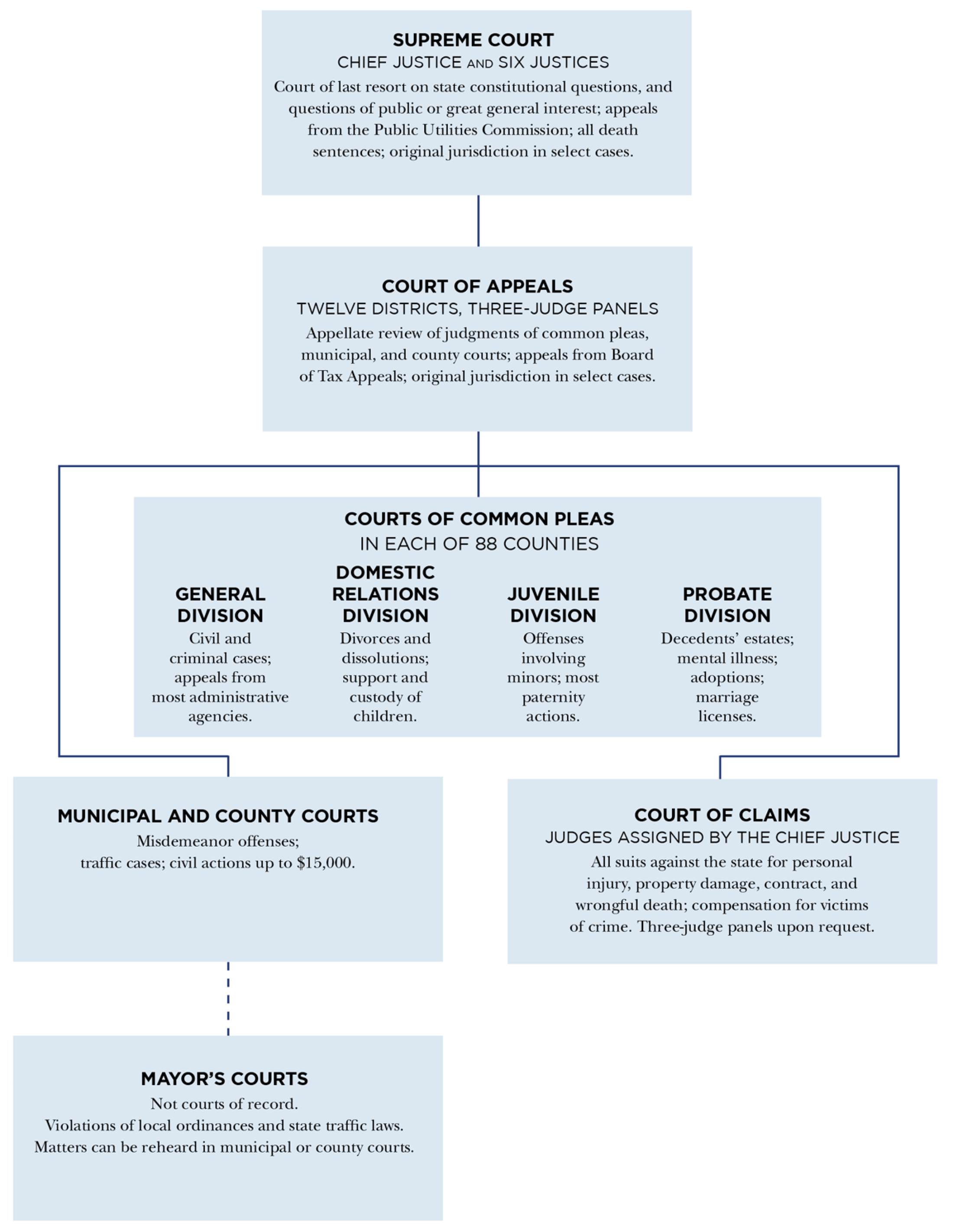
COURTS OF COMMON PLEAS
IN EACH OF 88 COUNTIES
General Division:
Civil and criminal cases; appeals from most administrative agencies.
Domestic Relations Division:
Divorces and dissolutions; support and custody of children.
Juvenile Division:
Offenses involving minors; most paternity actions.
Probate Division:
Decedents' estates; mental illness; adoptions; marriage licenses.
Oral Argument Preview
State of Ohio v. Jaonte D. Hairston, Case no. 2017-1505
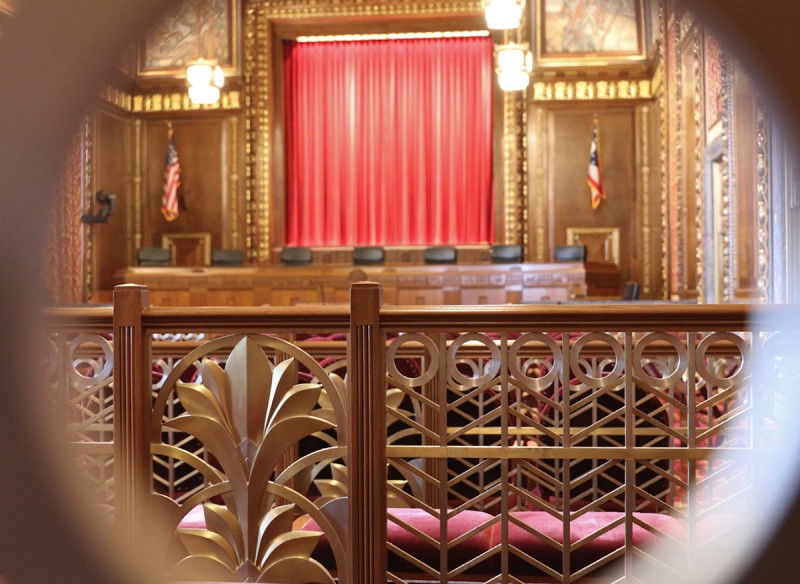
Background

GUNFIRE PROMPTS SUSPECT SEARCH
- Around 9:00 p.m. on March 29, 2015, two Columbus police officers responded to a call about a domestic dispute on the southeast side of the city near Independence High School.
- Upon their arrival, they heard several gunshots unrelated to the dispute, which they thought came from the west.
- They returned to their cruiser and drove in the direction of the gunshots. After driving about four-tenths of a mile along residential streets they saw Jaonte Hairston.
- Hairston, a 23-year-old Black man who lived in the area, was walking into the crosswalk on Whitlow Road, talking on his cell phone.
- Hairston was the only person the officers saw in the area and they exited their cruiser with their guns drawn as they approached him.
OFFICERS SEARCH FOR SOURCE OF GUNSHOTS
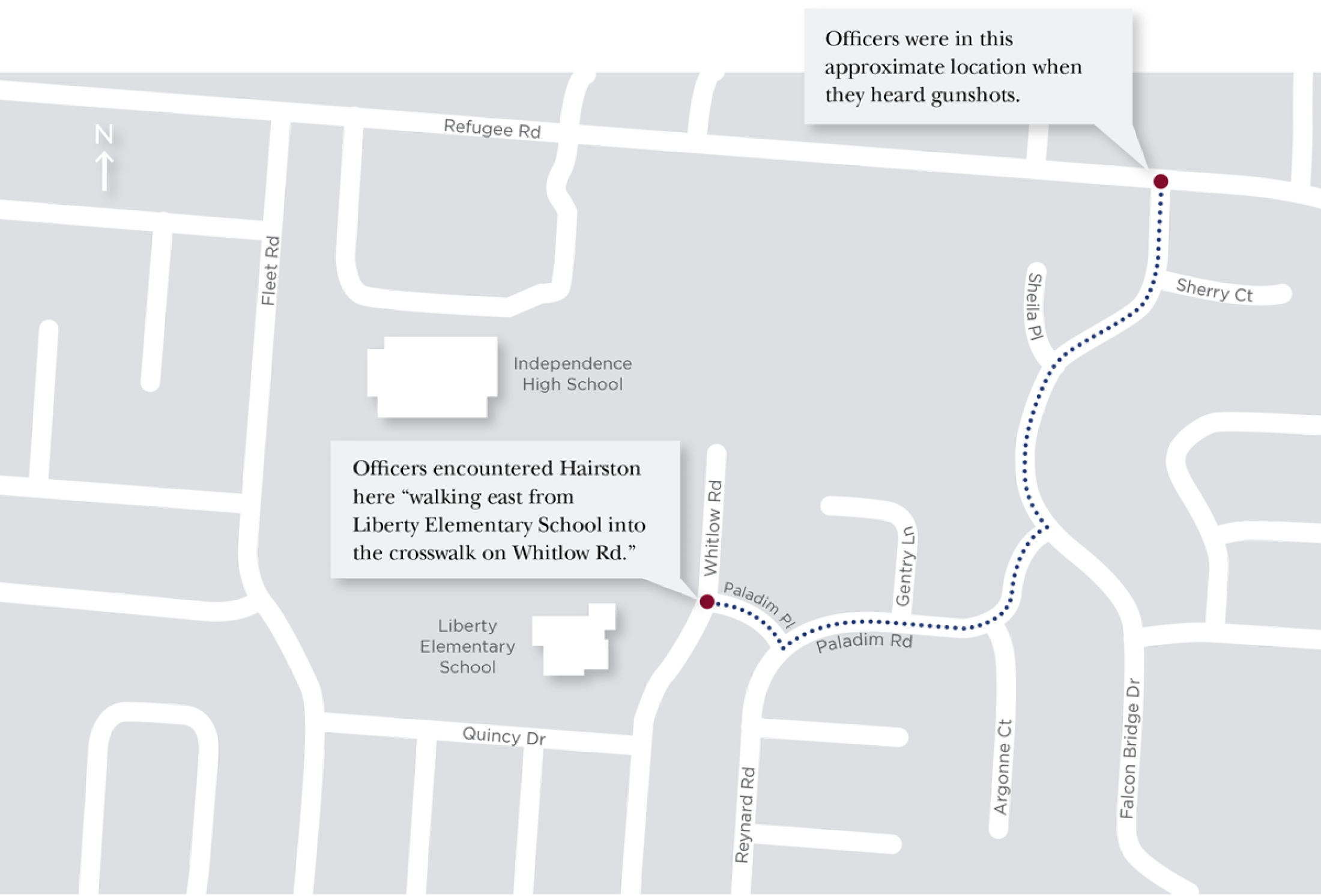
Map showing where the officers started and where they stopped Hairston.
CASE PROCEEDINGS
Hairston Challenges Charges
Charges against Hairston are filed in the Franklin County Common Pleas Court
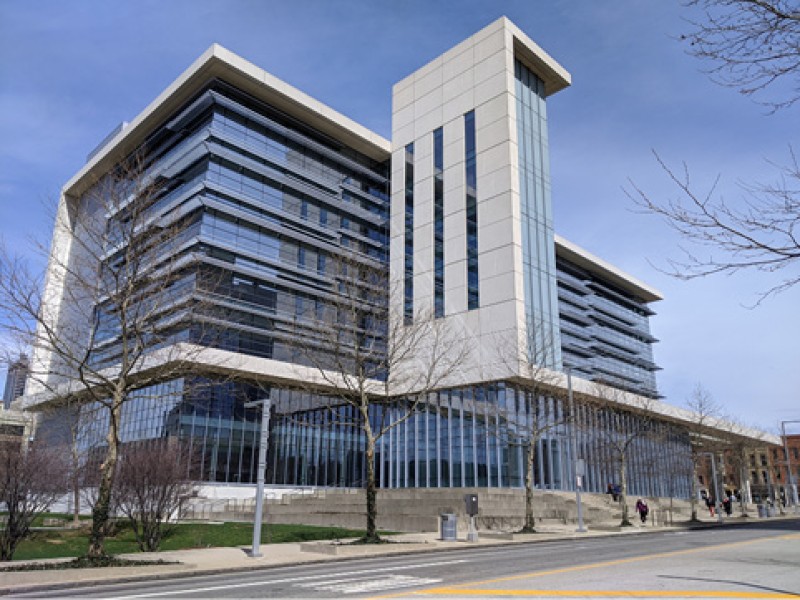
Franklin County Common Pleas Court, Columbus, Ohio. Image by MJ via Wikimedia, creative commons license.
More than a year passed from the time Hairston appealed the trial court’s decision to when the Tenth District heard his argument, and Hairston had already served his one-year community control sentence. He is appealing to have the conviction removed from his record.
Hairston Appeals Decision
Parties that oppose a key decision by the trial court can appeal the decision to a higher court before any further action is taken.
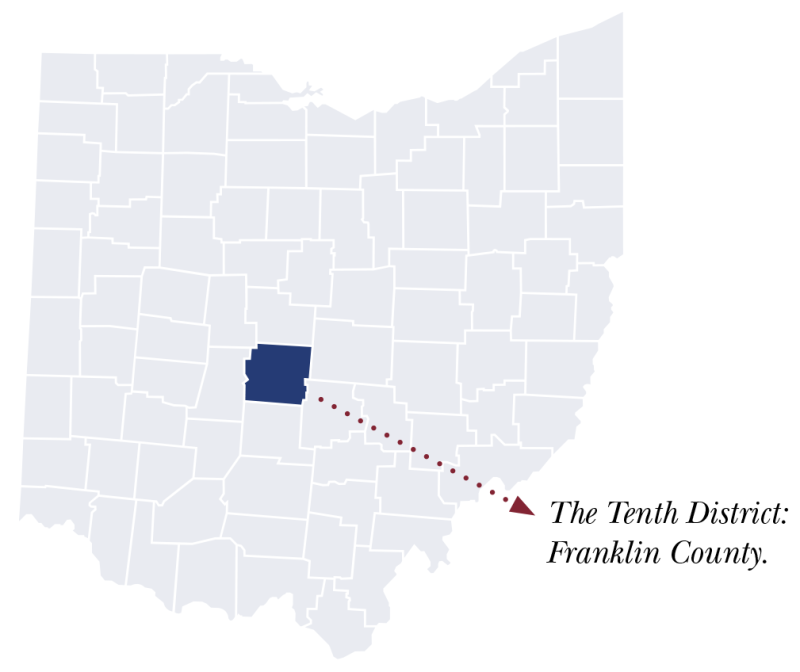
Appeal to the Ohio Supreme Court
The Franklin County Prosecutor appeals the Tenth District's decision to the Ohio Supreme Court.
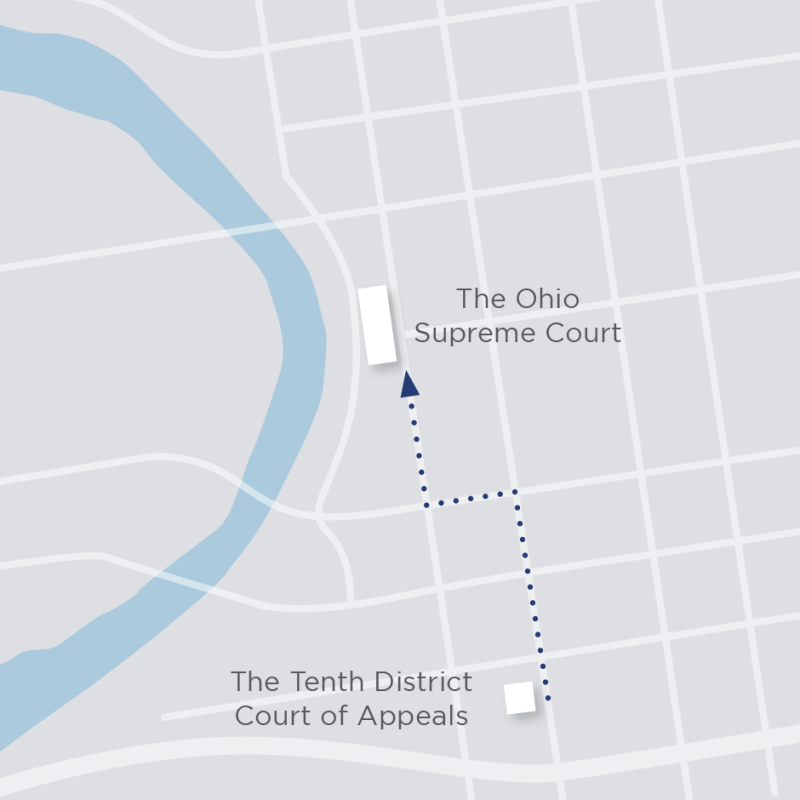
The locations of the Ohio Supreme Court and the Tenth District Court of Appeals in downtown Columbus.
FOURTH AMENDMENT
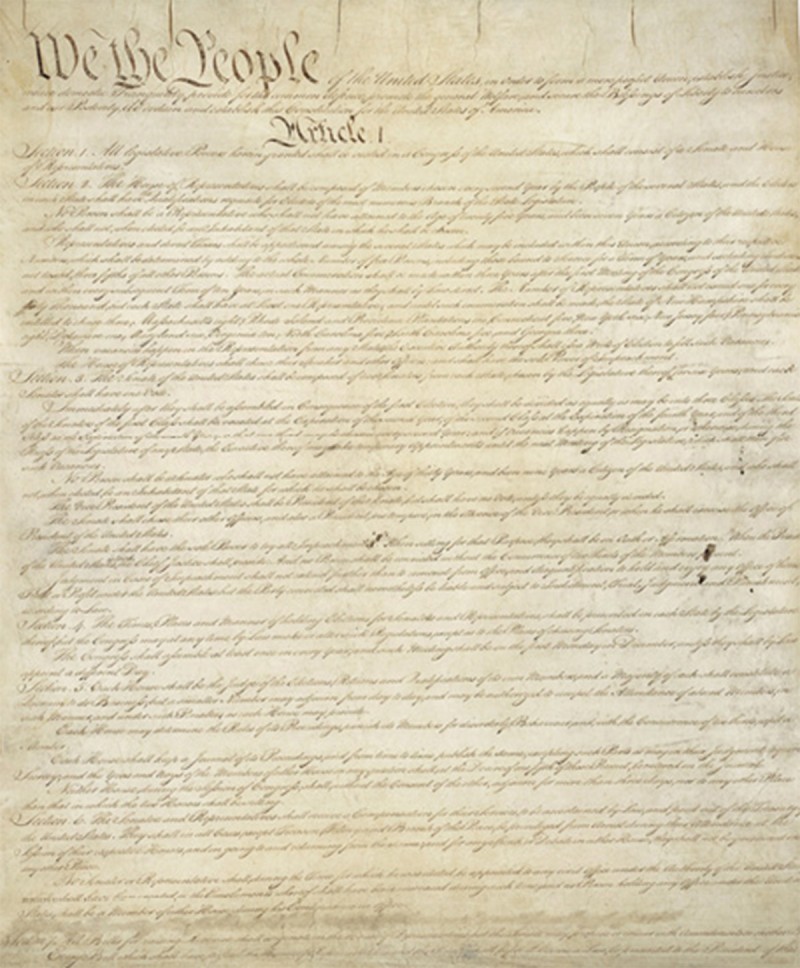
Fourth Amendment Exceptions
The Fourth Amendment is not a guarantee of protection against all government searches and seizures. There are a number of exceptions to the amendment that have been determined by the courts over the years. It is the courts’ job to balance personal privacy with government interests. Some of these exceptions include if:
- A suspect may escape
- The objects being searched are in plain view
- A police officer has reasonable suspicion to make an investigatory stop of a suspect (stop and frisk)
Gunshots Led to Search
In 2015, Columbus police officer Samuel Moore and his partner arrested Hairston for carrying a concealed weapon. The arrest occurred after the officers stopped and searched Hairston because he was the only person in an area where gunshots were heard.
Hairston requested the Franklin County Common Pleas Court suppress the evidence gathered from the search. He argued that the police officers did not have the required reasonable suspicion to stop and search him. Officer Moore was the only witness to testify at the hearing held to determine if the evidence would be allowed in court. He testified that he had patrolled that area of the city for six years and that crimes often took place near Independence High School and Liberty Elementary School in the evenings.
